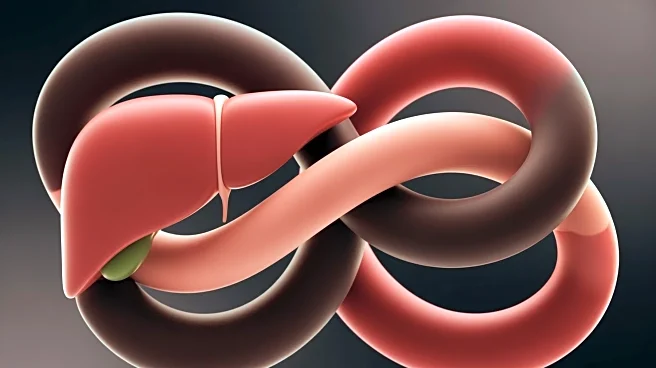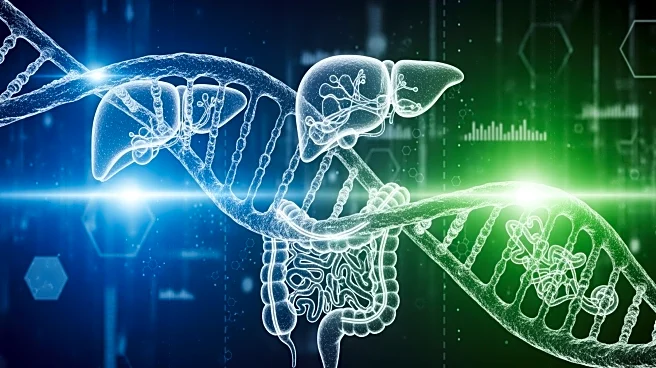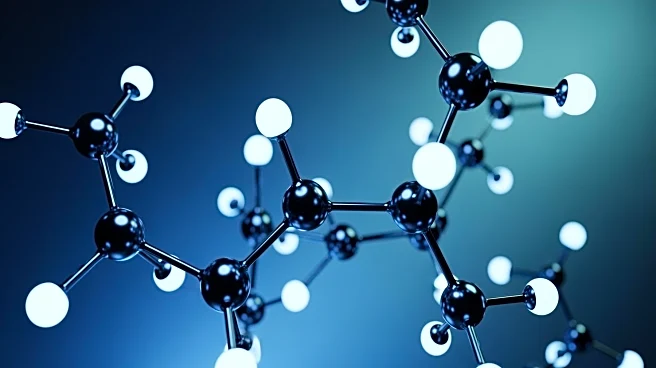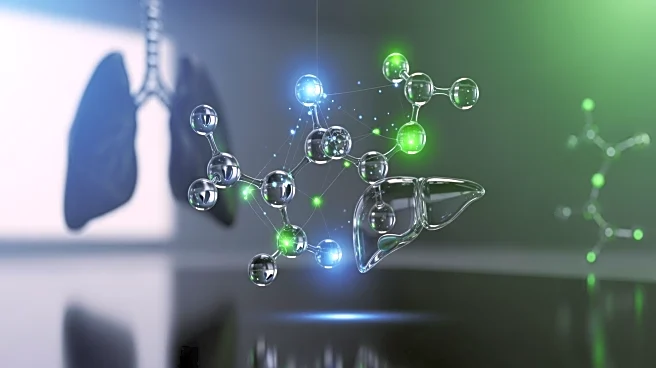What's Happening?
A study using a Sinclair minipig model investigates the gut-liver axis following combined radiation exposure and burn injury. The research highlights increased jejunal inflammasome activation, decreased barrier function, and gut microbiota alterations,
impacting liver gene expression. The findings provide insights into the systemic consequences of combined injury and suggest potential therapeutic targets for mitigating multi-organ dysfunction.
Why It's Important?
Understanding the gut-liver axis in the context of combined injuries is crucial for developing effective treatments for multi-organ dysfunction. The study's findings offer valuable insights into the interplay between gut microbiota and liver function, informing potential therapeutic strategies to restore microbial balance and improve recovery. Stakeholders in healthcare and research may benefit from these insights in addressing complex injury patterns and improving patient outcomes.
What's Next?
Further research is needed to explore the mechanisms driving injury synergism and develop potential therapeutic strategies targeting the gut-liver axis. Expanding the study to include diverse models and timepoints could provide a comprehensive understanding of the systemic effects of combined injuries. Collaboration between researchers and clinicians may drive the translation of these findings into clinical settings, potentially improving diagnostic and therapeutic approaches for multi-organ dysfunction.














